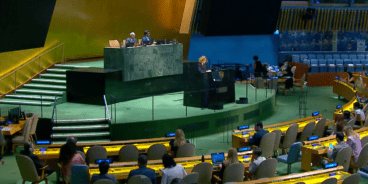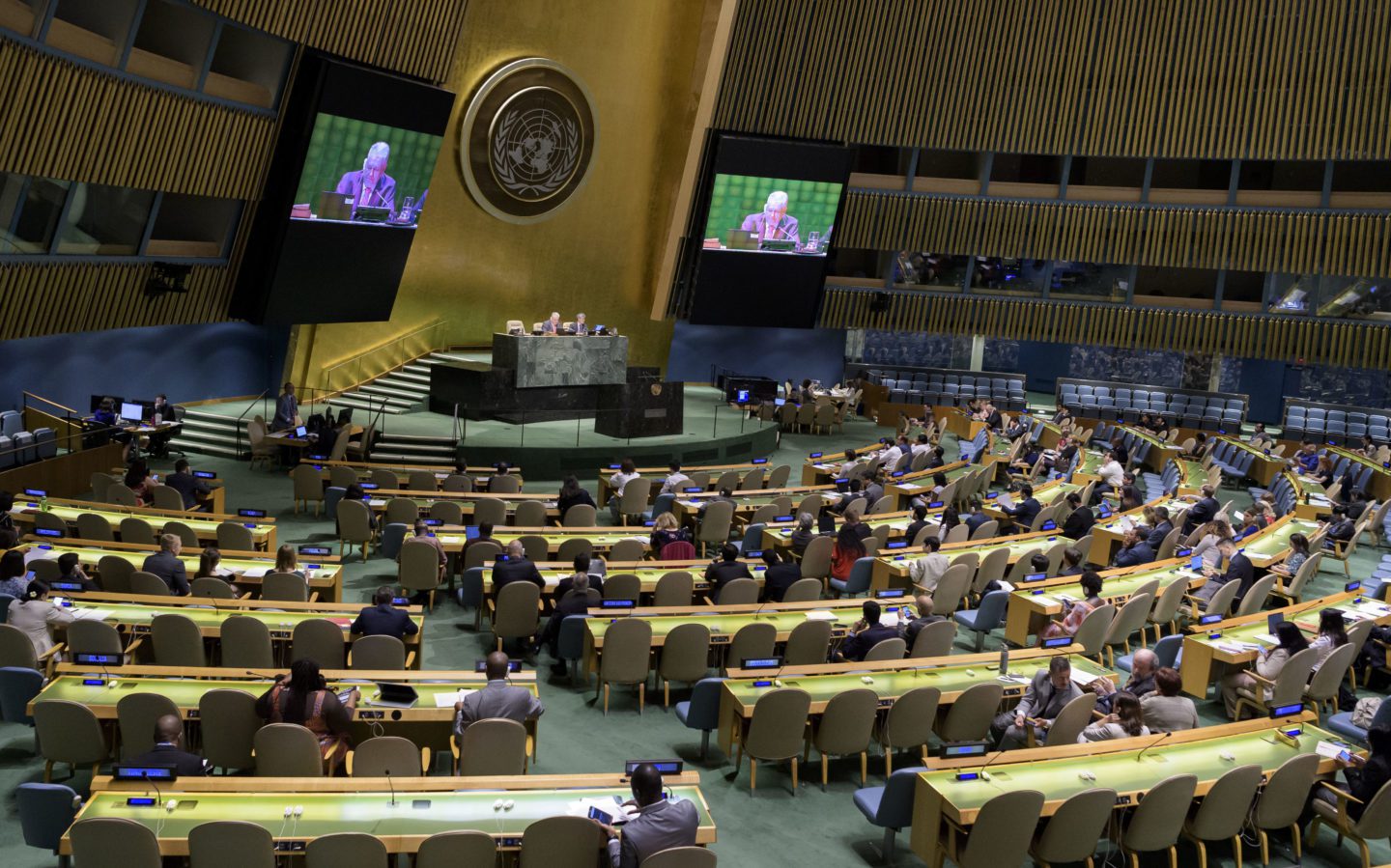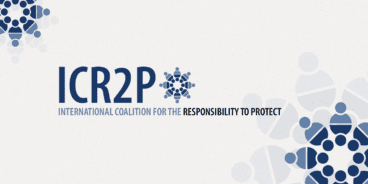
Statement by Dr. Simon Adams on behalf of the Global Centre for the Responsibility to Protect at the 2014 UN General Assembly’s interactive dialogue on “Fulfilling our collective responsibility: International assistance and the responsibility to protect”
Mr. President,
I would like to thank you for organizing this informal interactive dialogue on the report of the UN Secretary-General on international assistance and the Responsibility to Protect. I would also like to thank the distinguished panelists for their contributions and acknowledge Special Adviser Adama Dieng and Special Adviser Jennifer Welsh for their tireless efforts.
The positive interventions made here today by such a diverse array of Member States reflects the growing consensus around the Responsibility to Protect (R2P). I am particularly encouraged by the statement given by Rwanda on behalf of the 45 members of the Group of Friends on the Responsibility to Protect.
I am reminded that twenty years ago the world watched as a genocide engulfed Rwanda. The shameful passivity of the international community in 1994 is one of the principal reasons why the concept of the Responsibility to Protect was first developed.
I applaud the Security Council in recently passing Resolutions 2150 and 2171, both of which reaffirm paragraphs 138 and 139 of the 2005 World Summit Outcome Document and the Responsibility to Protect populations from genocide, war crimes, ethnic cleansing and crimes against humanity.
Mr. President, prevention is at the heart of R2P. And history shows us that the earlier Pillar II assistance is provided, the greater the chance that atrocities will be averted.
Where prevention fails, the need for international support remains. In Iraq, we are witnessing an unfortunately necessary version of Pillar II in action: states are providing crucial military and humanitarian assistance at the request of the Iraqi government in response to widespread atrocities by the Islamic State of Iraq and the Levant, or ISIL. This support has already saved lives on Mount Sinjar and in Amerli. But ISIL still poses an existential threat to religious and ethnic minorities whom the Iraqi government has been unable to adequately protect.
The rise of ISIL can be traced to the ongoing civil war in neighboring Syria, where over 190,000 people have lost their lives and more than three million refugees have now fled the country.
Mr. President, as I stated in this same forum last year, the failure to halt mass atrocities in Syria is not a failure of the Responsibility to Protect, but a failure of the Security Council to live up to its most fundamental responsibilities and hold accountable all perpetrators of atrocities in Syria regardless of affiliation or position.
The Responsibility to Protect means the permanent members of the Security Council have a responsibility not to veto in any mass atrocity situation. These states should commit to such a principle to mark the 70th anniversary of the United Nations next year.
Mr. President, peacekeeping is a central element of upholding Pillar II of the Responsibility to Protect. In South Sudan, UNMISS has a specific mandate to protect civilians and the “open gate” policy has undoubtedly saved lives. Meanwhile in the Central African Republic, atrocities continue but MINUSCA, which will assume peacekeeping authority just one week from now, currently has only 65 percent of the troops required for its mission. Additional international support to bolster these protective missions is essential and will save lives. This is R2P in practice.
Mr. President, a number of Member States have mentioned the Global Network of R2P Focal Points, initiated by the governments of Australia, Costa Rica, Denmark and Ghana. Since 2010, senior government officials from countries on six continents have been appointed as a designated R2P Focal Point by their government. Most recently, Mozambique became the 41st member of the network. In Botswana earlier this year the Global Network came together to share best practices regarding prevention. In this sense, the Global Network is a living manifestation of both Pillars I and II of the Responsibility to Protect. I encourage all Member States to join this growing community of commitment.
Finally, Mr. President, while the words spoken here today are important they must always be matched with practical measures to uphold the Responsibility to Protect. As the 10th anniversary of the 2005 World Summit approaches, I strongly encourage Member States to consider how best to practically advance R2P into the next decade.
Related Content


